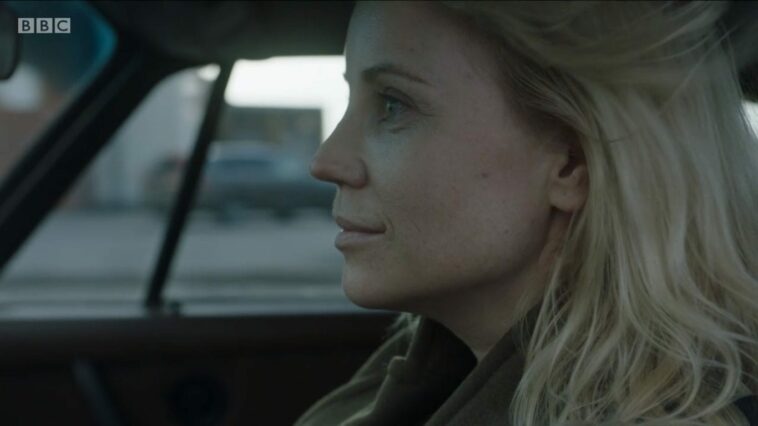If you live in the UK and you’re reading this on Friday 29th June 2018, I’m going to hazard a guess that you’re either waiting to watch or have just seen the final ever episode of The Bridge (Bron|Broen). I can barely wait to see how, in my opinion, the greatest ever non-English-language TV drama concludes its run, but with it arises a deeply felt sense of sadness. It’s always a sad moment when one of your favourite ever TV shows airs an episode for the final time, but I’d much rather see a show bow out on its own terms, instead of getting cancelled too soon or continuing for far too long. It’s a weird feeling, right? Knowing this is the end. There will be no more. When you watch a movie, you go into the experience knowing that you might only get to spend 90 or so minutes with these characters. There’s no guarantee of a sequel or any continuation of sorts, and that’s totally fine. But TV is different. We spend years with these characters, getting to know them as well as they know each other.
For many of us crime fiction-loving Brits, the Scandinavian noir genre – more commonly known as Nordic Noir – has become a staple of our TV-watching diet. As a nation, we’ve become enamoured with the cold harsh landscapes, emotionally distant characters and complex plotting that has made shows like Borgen, Forbrydelsen, Jordskott, Millennium and The Bridge so popular. Oh, to be living in that sort of climate (sans the violence, obviously). To be clear, I’m writing this in the middle of a brutally oppressive heatwave, longing for the cold winter months where the sun goes down at 4:00 p.m. Yearning to be able to snuggle under the covers, instead of restlessly laying on top, always reaching for water. I’m not built to live in this kind of heat, which is probably why I’m continuously drawn into anything and everything Scandinavian. Not just film and TV. Everything. I don’t know what it is, really, but for as long as I can remember I’ve always had a love affair with Scandinavian culture.
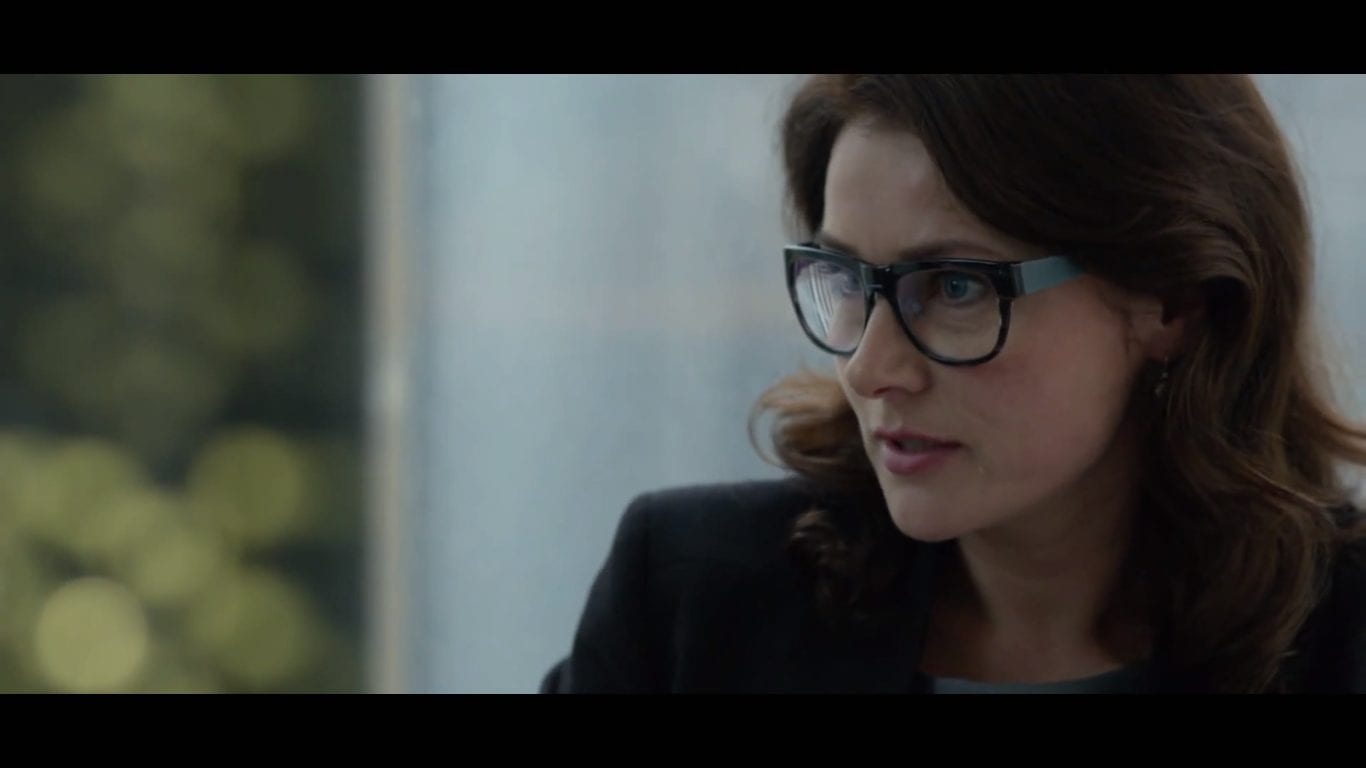
The weather, cuisines, styles, music, art and languages have all impacted me in one way or another. If you’ve ever seen a picture of me, you’ll have noticed that I practically look like a bearded Viking, with long red hair and blue eyes. Apparently, it’s the rarest combination in the world, which I guess is some sort of achievement? And, all blue-eyed people can be traced back to one ancestor who lived 10,000 years ago, resulting in as many as 95% of Scandinavian people having blue eyes. My surname, Sheasby, has a part Danish-Viking pre-ninth century origin, too, so my love for Scandinavian culture was probably built into my genetic coding. Plus, being a fan of Aston Villa, I have to mention my three all-time footballing heroes: Sweden’s Olof Mellberg, Norway’s John Carew, and Denmark’s Martin Laursen. So, yeah, I’ve felt a very strong kinship with Scandinavian culture for my entire life, which brings me onto the reason I’m writing this article in the first place: Nordic Noir. TV at its finest.
This article is not a deep dive analysis of any particular show. Instead, it’s simply a way for me to express my love for my favourite genre of TV. A genre that appeals to all of my narrative-loving sensibilities: an abundance of strong female protagonists, who are as smart as they are idiosyncratic; socially and politically aware stories, which dare to approach the subjects of immigration and eco-terrorism among its larger themes; and tightly woven plots that are as much about whodunit as whydunit. Originally, Nordic Noir started on the page with the creation of characters like Martin Beck and Kurt Wallander, both of whom have become icons of Scandinavian crime-fiction, not just in novels but in dozens of film and TV adaptations, too. Everyone has their favourite Wallander, right? For some, it might be Kenneth Branagh, but for me, it has to be Krister Henriksson. Though, in recent years, women have become the face of the genre, delivering some of the finest performances on TV.
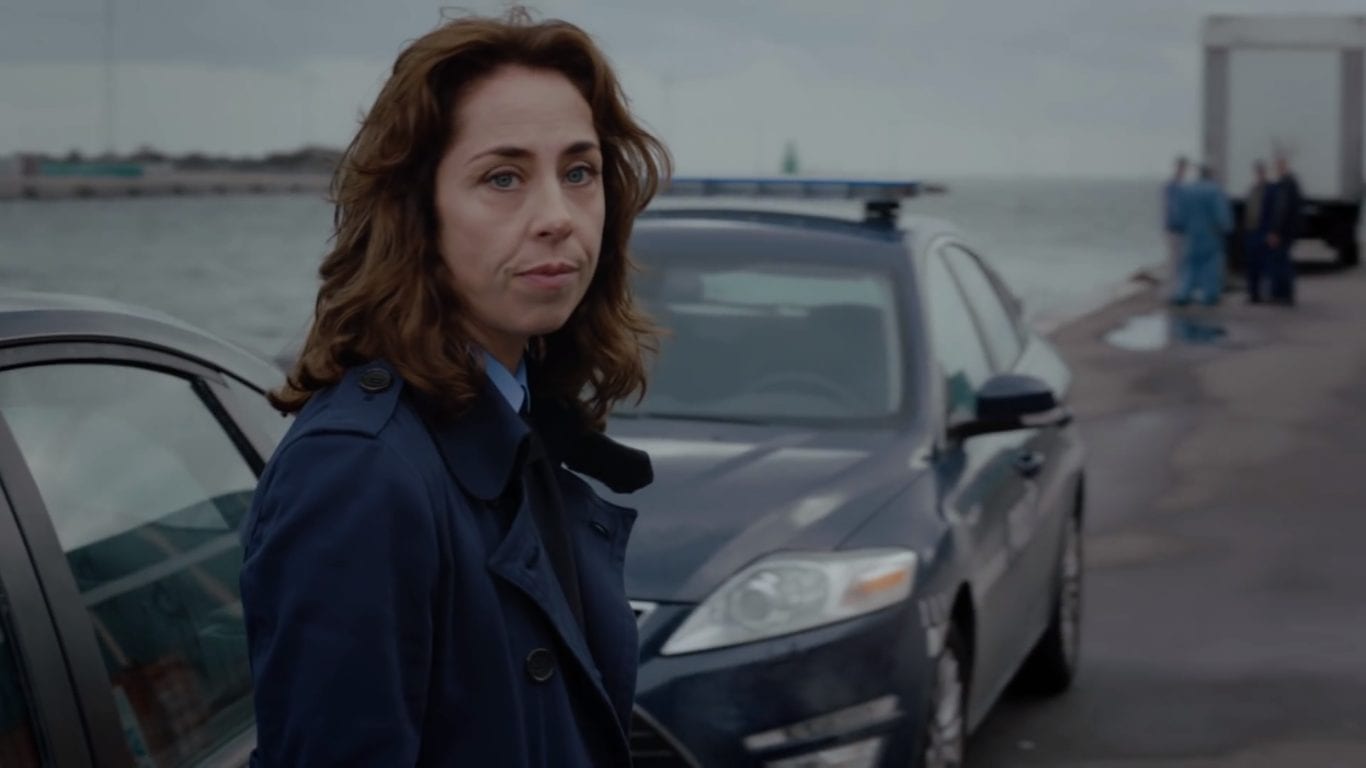
So, what is it about Nordic Noir that makes us Brits tune in again and again? The most obvious distinction that makes the best Nordic Noir stand apart from the crowd is its characters. Every great show like Borgen or The Bridge is every bit as character-driven as it is plot-driven. Both are completely different from one another (Borgen a political drama; The Bridge a crime thriller), yet their approach to storytelling remains the same. We follow the characters everywhere, learning that their private lives are just as complicated as their jobs. The setting adds so much more to the style of every show, as the cinematography is as often beautiful as it is bleak. A show like Borgen is lavishly photographed, busting with as much colour as clarity. In contrast, something like the mythological Jordskott is cold and blue, which perfectly accentuates its Lovecraftian tone. Borgen and Jordskott couldn’t be any more different, they couldn’t look any more different, yet the formula remains the same.
Of course, Nordic Noir is most famous for the murder investigations that keep us guessing until the very end. The crimes and violence we see in something like the TV miniseries of Stieg Larsson’s Millennium are brutal, shocking and ugly. There is nothing glamorous about it. Sometimes we get to see the investigation into the psychology of the murderer, just as much as the actual investigation itself. Other times, we see horrific violence against women simply because some people are pure evil. Nothing more, nothing less. To call Nordic Noir a “slow-burn” would be an understatement. If you’re the kind of person who likes everything wrapped up in one episode, I highly suggest you stay as far away as possible from a show like Forbrydelsen, which is as deliberately paced as it gets. Forbrydelsen’s first murder mystery takes place over one 20-episode season, which I’m sure is too long for some people to handle. And I totally get why, but it’s sure worth having a bit of patience.
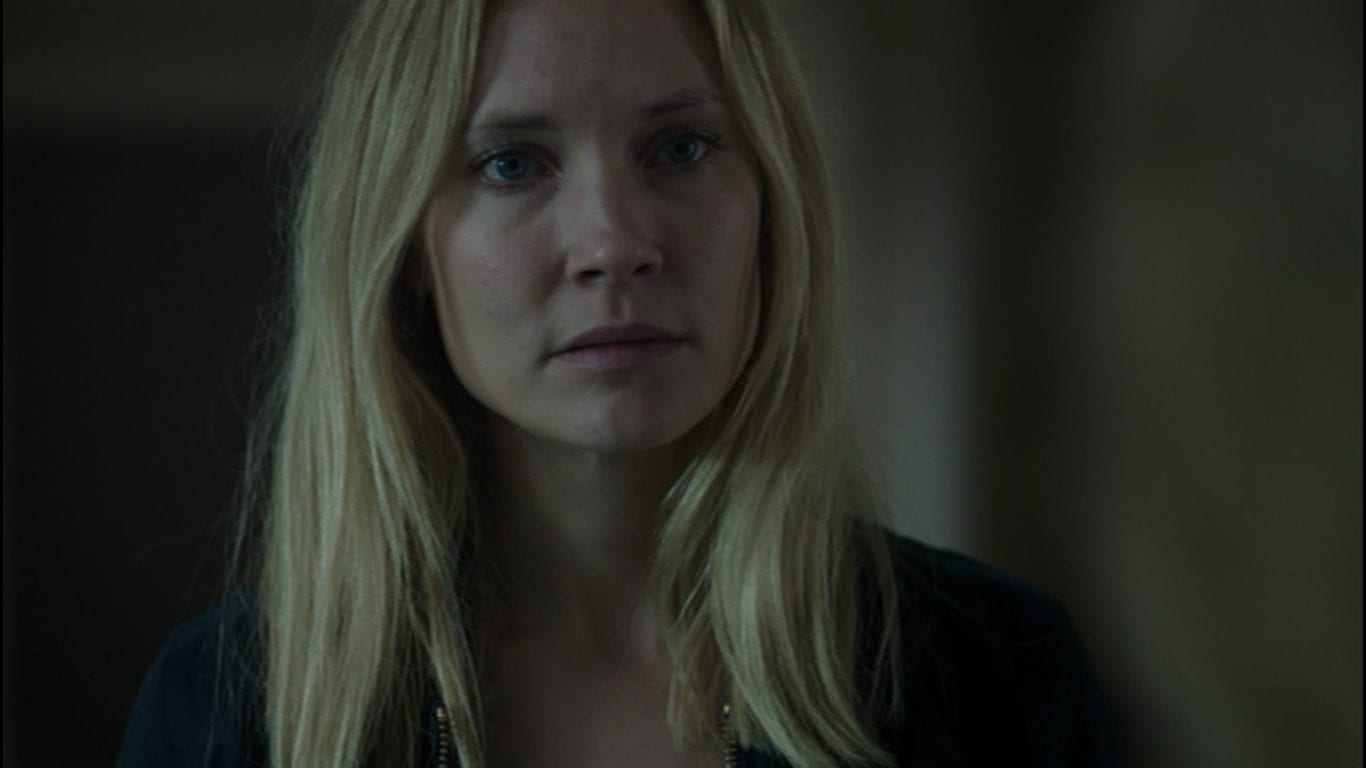
The pace is often slow, because of the realness of the story. Every episode of Forbrydelsen takes place over the course of one day, which means the narrative will naturally unfold at a more glacial speed. Murder investigations are often intricate, as they involve any number of suspects, all while evidence is mounting and falling apart by the hour. They’re usually not solved in a day, and typically take a long time and a lot of monotonous hard work. We get to watch the monotonies on-screen, which may not excite some, but it’s the detail and care put into every scene that really makes me love Nordic Noir. It’s like watching a great, expansive novel unfold in front of your eyes. Like an anti-CSI: Crime Scene Investigation or Criminal Minds. And, to be fair, those shows are on for so long because many people love them. I certainly won’t begrudge any fan, but they’re not for me. I get the appeal, but they’re not quite deep enough to satisfy me as a viewer. I like a bit more meat on my bones.
While a show like Wallander was one of the first to make its mark in the UK, the Nordic Noir genre has grown at a rapid pace in the past decade, giving us some of the most memorable and iconic TV characters in recent history. Even though every show I’ve mentioned is as unique and different from the next (Borgen, Forbrydelsen, Jordskott, Millennium, The Bridge), they all have a certain formula that works time and time again: a strong female lead, complex plotting, and superbly written characters. I honestly don’t like using the phrase “strong female” because it sounds patronising, but the distinction should be made with Nordic Noir as these women often find themselves in the middle of a so-called “man’s world.” A cold world full of darkness and misogyny. A world occupied by morally dubious characters, who blur the lines between being trustworthy and downright corrupt. A rich puzzle box full of twists and turns.
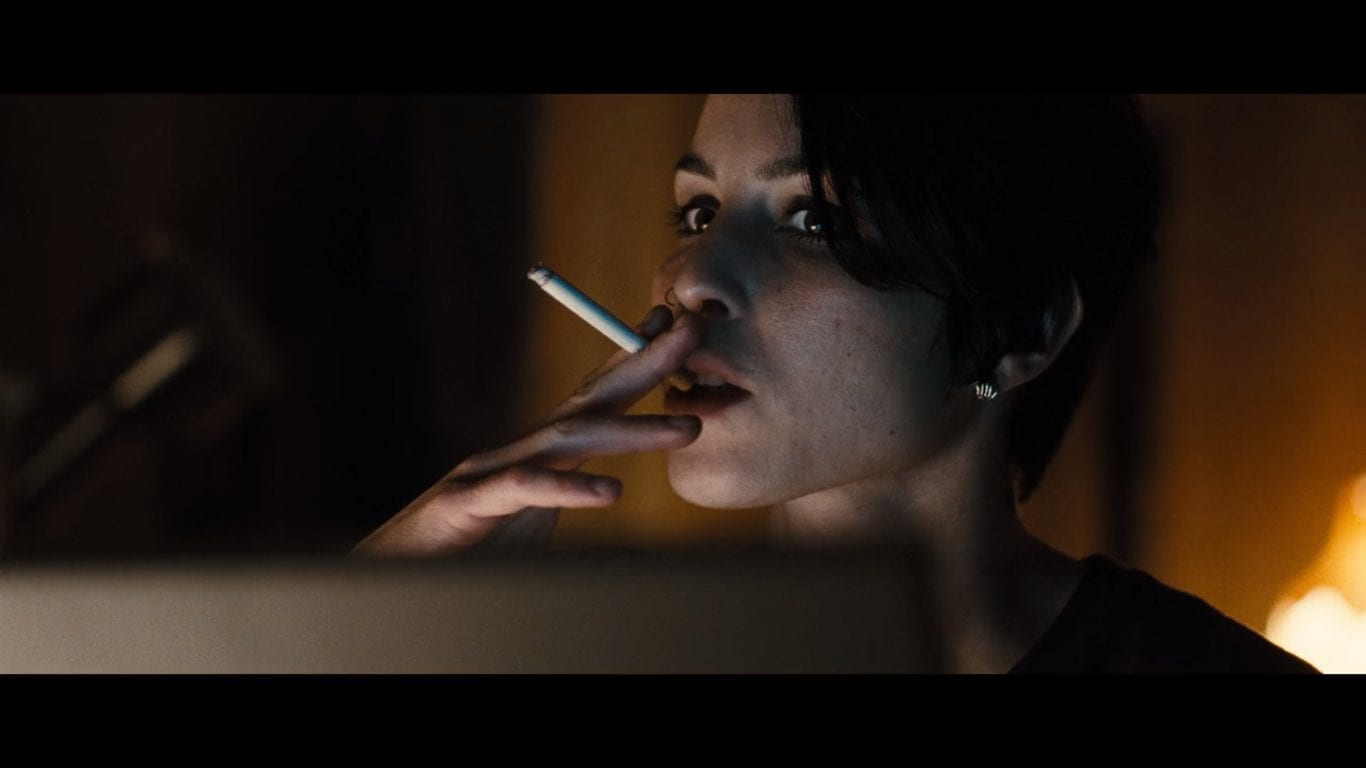
Borgen, for instance, centres around the character Birgitte Nyborg (Sidse Babett Knudsen), who we see become the first female Prime Minister of Denmark. If you’re an avid reader of the 25YL TV section, you’ve hopefully read our articles on Westworld, which featured Sidse Babett Knudsen during its first two seasons. She’s a wonderful actress whose strength and independence shines throughout Borgen, first as the Prime Minister then later as the party leader of the New Democrats. Likewise, Sarah Lund (Sofie Gråbøl) from Forbrydelsen is a stern, tough and emotionally distant character, which doesn’t immediately make you care about her on first viewing. If you’ve ever read my 25YL analysis of its American remake, The Killing, you’ll know that the American equivalent of Lund, Sarah Linden (Mireille Enos), was clearly made more likeable to connect with the audience. Personally, I love both versions of the show, genuinely, and I more than appreciate the differences too.
What makes Jordskott wholly individual among the pack is its fantastical, Lovecraftian-like elements, coupled with its dark exploration into Norse mythology, led by Moa Gammel as Eva Thörnblad. At first glance, you’d be forgiven for thinking it’s just another by the numbers, overly familiar Nordic Noir setup. But no, there’s far more beneath the surface that makes it stand out in a similar way to how Guillermo del Toro continuously crosses genres, particularly with something like Pan’s Labyrinth. The most famous of the shows I’ve mentioned, Millennium, is the six-part miniseries based on the film adaptations of Stieg Larsson’s The Girl with the Dragon Tattoo, The Girl Who Played with Fire, and The Girl Who Kicked the Hornets’ Nest. I’m sure you’re all aware of these properties, so I’ll just briefly mention the wonder that is Noomi Rapace as Lisbeth Salander. An iconic character, brought to life with an equally iconic performance, by one of the best actresses on the planet.
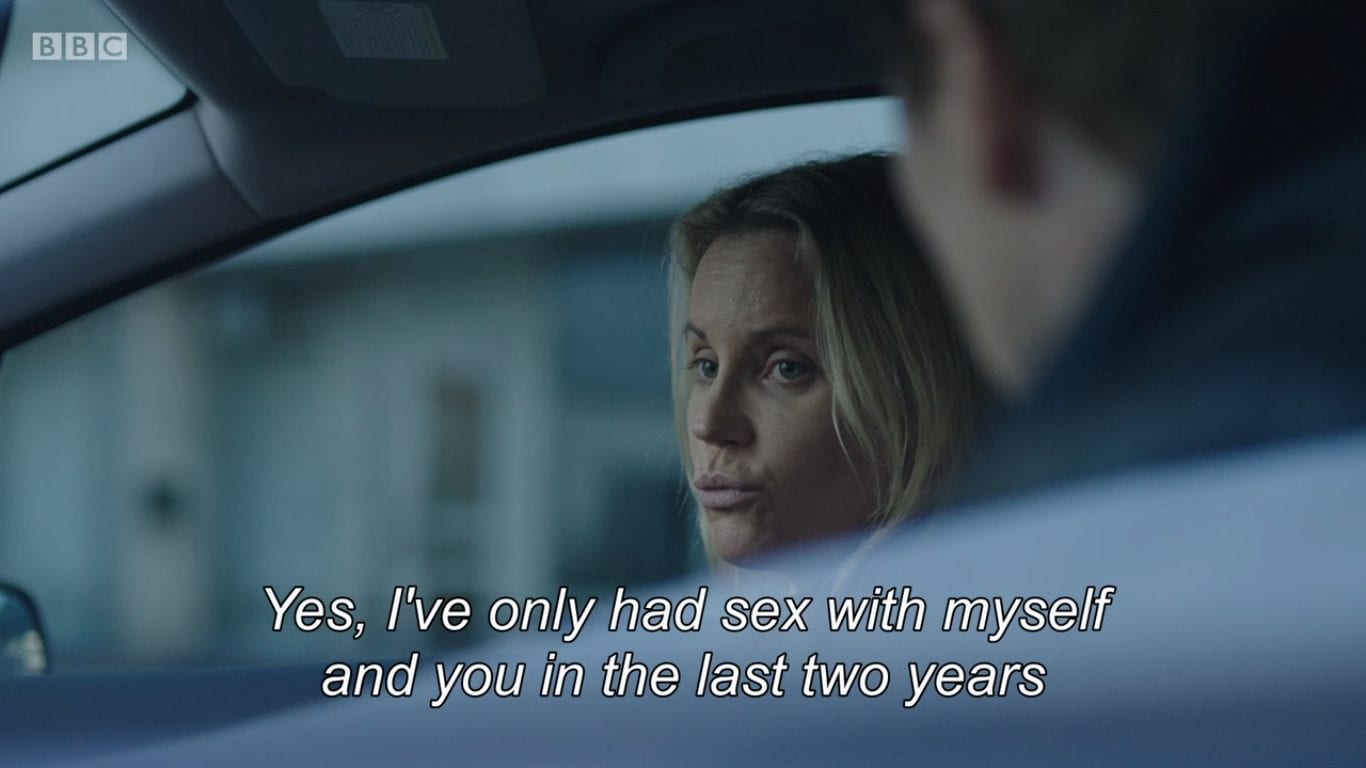
Which finally brings me to The Bridge. In my mind, The Bridge might just be the greatest TV show ever made. My all-time top three favourite TV shows (The Bridge, Sons of Anarchy, and Twin Peaks) are fairly set in stone, but the positions are interchangeable based upon which show I’m more into at any given time. The Bridge, however, has one thing that triumphs over anything in both Sons of Anarchy and Twin Peaks. Her name is Saga Norén (Sofia Helin). For me, Saga is the greatest character in the history of film and TV. Not the greatest female character. The greatest character… full stop. Often thought of as having Asperger’s syndrome, Saga is as strong as she is vulnerable. As brilliantly-minded as she is socially awkward. As fearless as she is emotionally unavailable. I’ve never seen a more complex character in my life, and Sofia Helin’s performance is nothing short of a miracle. She can emote more with her eyes than most can with their entire body. Unbelievable. The best… ever.
Not only has Nordic Noir been responsible for giving us some of the greatest characters in modern TV, its influence can be seen far and wide in anything from Broadchurch to Fortitude to Marcella. While the reactions to those three shows vary upon whom you might ask, one thing for certain is that the magic of Nordic Noir doesn’t translate quite as well when it’s imitated outside of the Nordic territories. That’s not to say there aren’t success stories, because, for the most part, Broadchurch was one of the better shows to come out of the UK during its run. But in my opinion, shows like Fortitude and Marcella try just a little too hard to evoke the tone they’re so desperately trying to achieve. Fortitude went as far as to cast Forbrydelsen’s Sofie Gråbøl, too. And, Marcella was co-created by Hans Rosenfeldt, the man responsible for creating The Bridge. It goes to show that even with the right people involved, there’s no guarantee of recapturing the magic of Nordic Noir elsewhere around the world.
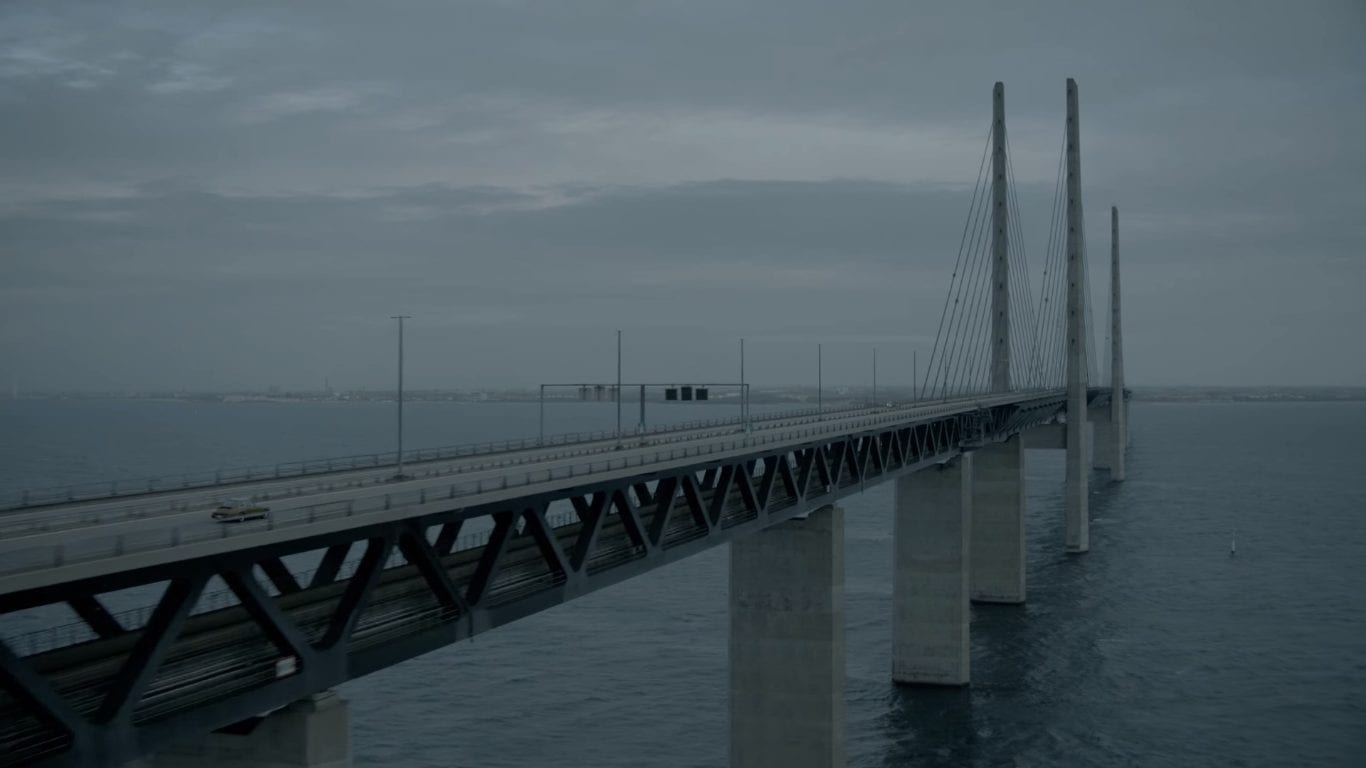
When I started to develop this article, my intention was to highlight my five personal favourite Nordic Noir TV shows, but I’ve really only just scratched the surface of this incredible genre. Shows like The Legacy and Blue Eyes have kept me captivated, while more recent shows like Modus and Black Lake have kept me coming back week after week. Netflix, too, has gotten into the Nordic Noir business when it released the Danish post-apocalyptic drama, The Rain, to critical acclaim in May 2018. While I’m beyond sad to see The Bridge leave our TV screens, I’m full of hope for the future of the genre. There’s too much talent behind and in front of the camera in Scandinavia not to see another show on the same level as The Bridge. Hopefully, when those winter months draw in here in the UK in the not too distant future, there will be a new Nordic Noir TV show for me to obsess over. I’m looking at you, BBC. Please don’t let me down.
So, how about you? Are you already a fan of Nordic Noir? Or has this article done enough to convince you to delve into this great genre of TV? Please leave a comment and let us know by following the information about our social media accounts, which can be found below. Alternatively, you can follow me on Twitter (@JonSheasby), and we’ll continue the conversation over there.

